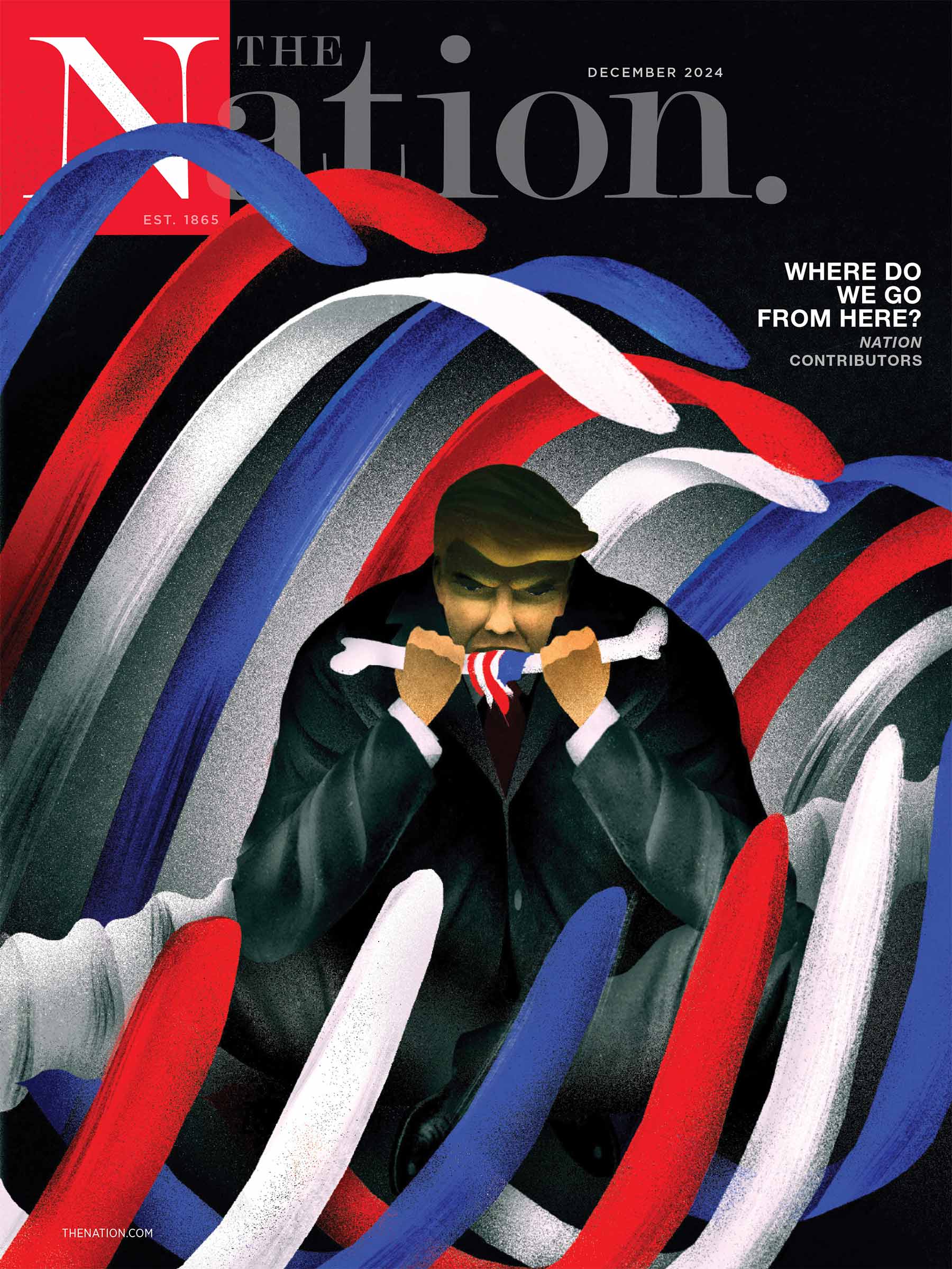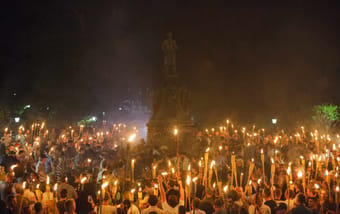A new exhibit at the Nixon Library inadvertently shows why Americans might be confused about terrorism, about what it is and how to fight it. “The Enemy Within: Terror in America, 1776 to Today,” which opened January 27 in Yorba Linda, argues that the attacks of 9/11 were nothing new: “Ever since its founding,” the show declares, “the United States has been threatened with attack from domestic terrorists.”
That sounded dubious.
The 9/11 terrorists, the exhibit emphasizes, launched their attacks not from abroad but rather from “within our own borders.” Other small groups of “fanatical individuals” now “challenge our way of life.” The question is posed precisely: “How best to respond to these threats?” The show, organized by the International Spy Museum in Washington, DC, a private institution, seeks to highlight excesses and abuses in past efforts to combat terrorism. It also alerts visitors to the fact that today’s threats come not only from Islamic fundamentalists but also from homegrown white men like Timothy McVeigh. So far, so good.
But what exactly is “terrorism”? Usually it’s defined as violence targeting civilians with the goal of creating fear in a larger population to achieve a political goal. Nine key episodes of “the enemy within” are featured in the exhibit. The focus ranges from the Ku Klux Klan to the Communist Party to the Weather Underground to the Montana Militia. In fact, there are more differences than similarities among the goals and tactics of these organizations. To group them together as “terrorists” is to deprive the term of any meaning.
First in the show comes an exhibit about the burning of Washington, DC, by the British during the War of 1812. Already we have a problem: The burning of the capitol building in 1814 may seem to have something in common with the plane crashing into the Pentagon in 2001, but the 1814 attack was not the work of “the enemy within.” It was the work of the enemy without, an invading army in a declared war that had been going on for two years. And the British carefully distinguished between government buildings, which were torched, and civilian targets, which mostly were not.
The Communist Party of the 1930s and ’40s is included among terrorist groups, although the fine print in the wall text states that “the Party openly took part in elections,” and it also “worked undercover to influence unions and the media, expand the Soviet espionage network and spread its message through propaganda”–which is not exactly the same as organizing violent attacks on civilians to instill fear in a larger population.
On the other hand, the Ku Klux Klan is rightly described as the quintessential homegrown terrorist group–although the exhibit fails to cite the fact that, in the years following the Civil War, the Klan killed more Americans than bin Laden did on 9/11. Different panels here feature David Duke’s recent role as a Klan leader, as well as a section titled “Citizens Stand Up to the Klan,” featuring Stetson Kennedy in the 1940s and Morris Dees more recently. The FBI is described as “inconsistent and ineffective” in controlling the Klan until the mid-1960s, which you might call an understatement.
The Weather Underground comes next: They set off a bomb in the capitol in 1971 in protest of the Vietnam War. But the Weathermen were not terrorists, because their bombs targeted symbolic buildings and not people, according to a video statement by former Weatherman Bernardine Dohrn, now a law professor at Northwestern. Indeed, the only people injured by the Weather Underground were three of their own members, killed in a Greenwich Village townhouse explosion in 1970 when a bomb they were making blew up prematurely.
After all this confusing and scary stuff, visitors are invited to vote on a touch-screen on the proposition that “The government should have the authority to deport or indefinitely detain people suspected of supporting groups hostile to the United States.” Those answering “strongly agree” or “agree” totaled 60 percent, while those disagreeing totaled only 20 percent (the rest were undecided).
The language of this proposition is unambiguous. “Indefinite detention” means abandoning the Bill of Rights, forgetting about the presumption of innocence and dispensing with the right to a trial. Note that the question dealt with those merely “suspected” of supporting hostile groups–not “convicted of” or “charged with.” And “support” could be simply verbal advocacy, protected (supposedly) by the First Amendment. Also, a “hostile group” is not necessarily the same thing as a terrorist group that sponsors violent attacks on civilians.
The “Enemy Within” exhibit may be confused and problematic, but its concluding opinion poll is a model of clarity: When people become preoccupied with terrorism, support for civil liberties evaporates.


